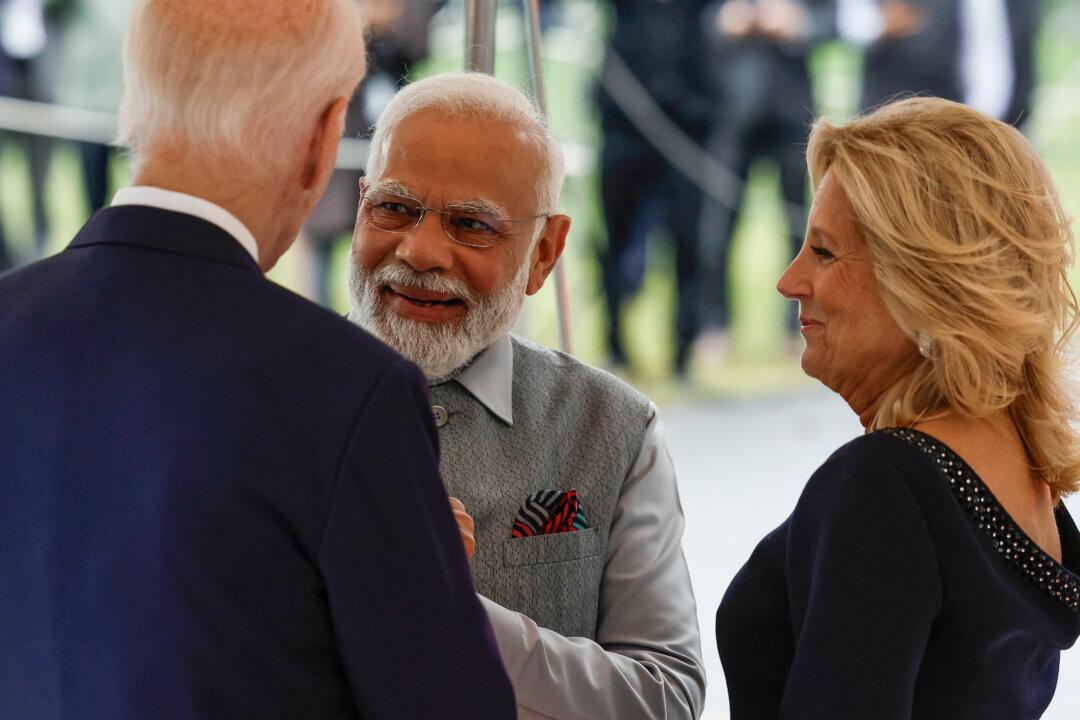NEW DELHI–While Narendra Modi has visited the United States as India’s prime minister in the past, this time he’s being welcomed for an official state visit, the highest form of U.S. diplomacy.
The three-day trip is expected to focus on strengthening defense and technological cooperation between the two countries, as Modi seeks to bolster India’s place at the world’s top table.





